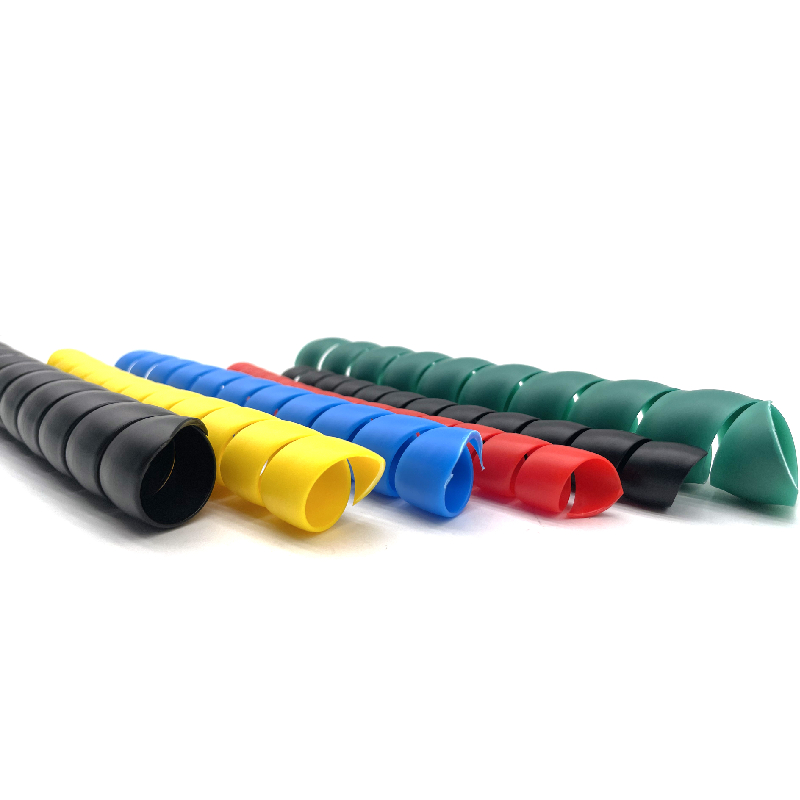Step-by-step guide for replacing a high pressure power steering hose in your vehicle
How to Replace a High Pressure Power Steering Hose
Replacing a high-pressure power steering hose can be an essential task for maintaining the proper functioning of your vehicle’s steering system. This guide will walk you through the necessary steps to successfully complete this process, ensuring safety and effectiveness along the way.
Tools and Materials Needed
Before diving into the replacement, ensure you have the following tools and materials
- New high-pressure power steering hose - Wrench set (preferably metric) - Screwdrivers (flathead and Phillips) - Torque wrench - Power steering fluid - Pliers - Rags for cleanup - Safety goggles and gloves
Step 1 Safety First
Safety should always be your top priority. Begin by parking your vehicle on a flat surface and turning off the engine. Allow the engine to cool down if it has been running recently. For added security, disconnect the negative battery terminal to prevent any electrical issues while working on the vehicle.
Step 2 Locate the Power Steering Hose
Open the hood and locate the power steering pump, which is typically near the front of the engine. The high-pressure hose runs from the power steering pump to the steering gear or rack. Identify the hose that needs replacement by checking for signs of wear, such as cracks, leaks, or bulges.
Step 3 Depressurize the Power Steering System
Before removing the hose, it’s crucial to relieve any pressure in the power steering system. Start the vehicle and let it idle briefly, turning the steering wheel from lock to lock without driving. This process helps to dissipate any remaining pressure in the system. Once done, turn off the engine.
Step 4 Remove the Old Hose
how to replace a high pressure power steering hose

Using a wrench, carefully loosen the nuts at both ends of the high-pressure hose. Be prepared for some power steering fluid to leak out. Use rags to soak up the fluid and dispose of it properly. After loosening, remove the old hose completely from the vehicle.
Step 5 Install the New Hose
Take the new high-pressure power steering hose and align it where the old one was located. Begin by attaching one end of the new hose to the power steering pump and tightening the nut securely, but avoid over-tightening as it can damage the fittings. Repeat this process for the other end of the hose that connects to the steering gear.
Step 6 Refill Power Steering Fluid
Once the new hose is securely in place, it’s time to refill the power steering fluid. Check your vehicle’s manual for the recommended type of fluid. Pour the fluid into the reservoir while monitoring the level, ensuring it’s filled to the appropriate mark.
Step 7 Bleed the Power Steering System
After refilling the fluid, it is essential to bleed the power steering system to remove any trapped air. Start the engine and turn the steering wheel from lock to lock several times. Keep an eye on the fluid level and top it off as needed to maintain the proper operating level.
Step 8 Check for Leaks and Test Drive
With everything reassembled, check for any leaks around the newly installed hose. If everything looks good, reconnect the negative battery terminal. Take the vehicle for a short test drive, paying attention to the steering response and any unusual noises.
Conclusion
Replacing a high-pressure power steering hose may seem daunting, but with the right tools and a methodical approach, it can be completed effectively. Regular maintenance of your vehicle’s steering system ensures a safe and comfortable driving experience. If at any point you feel uncomfortable with the process, don’t hesitate to seek the advice or assistance of a professional mechanic.
-
Ultimate Spiral Protection for Hoses & CablesNewsJun.26,2025
-
The Ultimate Quick-Connect Solutions for Every NeedNewsJun.26,2025
-
SAE J1401 Brake Hose: Reliable Choice for Safe BrakingNewsJun.26,2025
-
Reliable J2064 A/C Hoses for Real-World Cooling NeedsNewsJun.26,2025
-
Heavy-Duty Sewer Jetting Hoses Built to LastNewsJun.26,2025
-
Fix Power Steering Tube Leaks Fast – Durable & Affordable SolutionNewsJun.26,2025

